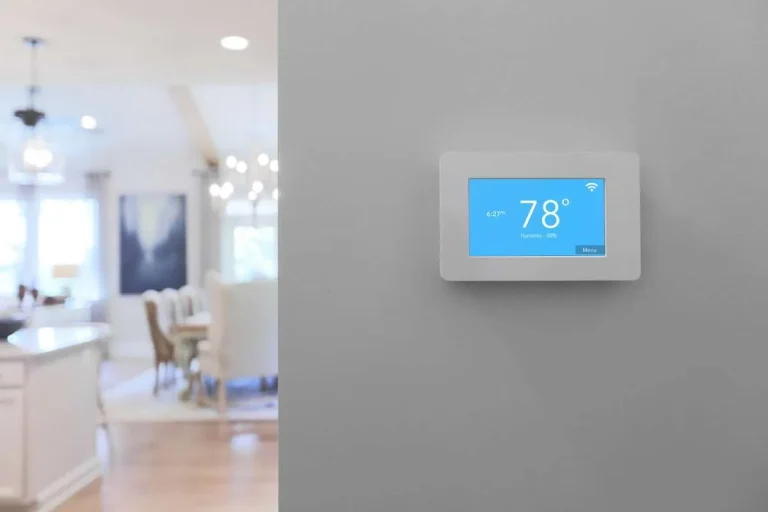Smart home technology is finally making its way into apartments across the country. Single-family homes were the first to adopt smart thermostats, smart locks, smart lights, and smart blinds. Now, apartment complex owners are starting to install these devices in each room. The smart apartment market is growing rapidly, and is expected to grow 50% annually to reach $13 billion by 2030. There are many reasons why apartment complex owners and operators have decided to install smart devices in their buildings. These devices improve the user experience for residents and increase the efficiency of building staff. Smart locks allow residents easy access to each room, facilitate authorized delivery of packages, and simplify the move-in/move-out process for managers. Smart thermostats keep occupants more comfortable, save buildings money on utility bills, and help meet sustainability goals.
Smart devices for apartments are appealing, but they do have their drawbacks. Smart door locks are vulnerable to hacking, especially if not properly installed and configured. Hackers have demonstrated how to retrieve passwords from certain smart locks using roughly $300 worth of hardware. While this isn't a big concern for many users (as thieves can still get in using more traditional methods), it does leave property managers liable if something happens due to the installed hardware. It's also possible that a malfunction could lock a tenant out of their apartment. Numerous posts online detail tenants who have experienced this issue and are battling with landlords over who should pay the costs associated with re-entry.
Smart thermostats have also stirred up controversy. Many smart thermostats can automatically change settings to prevent power outages when the power grid is under stress. Utilities can control these thermostats if the tenant participates in a demand response program, which may offer incentives but also gives the utility company remote control. Some thermostats also allow landlords to control the settings to reduce utility bills, especially if the landlord is paying the utility bills. Not surprisingly, this lack of control has frustrated some tenants, leading to online complaints and political rants where tenants' rights are perceived as being violated.
Inheriting smart technology can be problematic, especially if it wasn't properly installed or maintained. In The Verge's article “Living with the Ghosts of Smart Home Past,” the author recounts his experience helping his younger brother with technical issues in their new home. Though initially optimistic about reusing the technology, they ran into a number of issues, including window blinds that ran automatically on an inexplicable schedule, a Nest thermostat that turned on the heat in the middle of the night, and light and fan buttons that didn't work. The author discovered that the smart home system was based on the now-defunct Insteon, which shut down its servers in 2021. These issues can often be resolved by resetting or uninstalling devices that tenants added to the smart home system, but due to the busy nature of moving, this isn't always done.
As the authors learned, smart home technology integration can vary widely in quality and complexity. Devices from different manufacturers don't always work well together, resulting in a fragmented user experience. Lack of standardization can make troubleshooting difficult and time-consuming for both tenants and building managers. As technology advances rapidly, smart devices quickly become outdated and require frequent upgrades and maintenance.
Overall, the benefits of smart devices outweigh the drawbacks. Technology can help apartments stand out in a competitive market and make managing a building easier and more cost-effective. However, owners and managers of multifamily communities should exercise caution when installing smart devices. It is important to select devices that are easy to use, integrate, and reset. The growth of smart home technology and improving standards for device compatibility are promising. Eventually, it will become easier to connect smart devices to rental properties without worrying about tenant resistance or logistical issues. For now, building managers should research the best-proven smart devices for rental apartments to avoid the issues of older technology. Doing so will ensure a smoother experience for both tenants and staff, ultimately increasing the appeal and functionality of the property.

